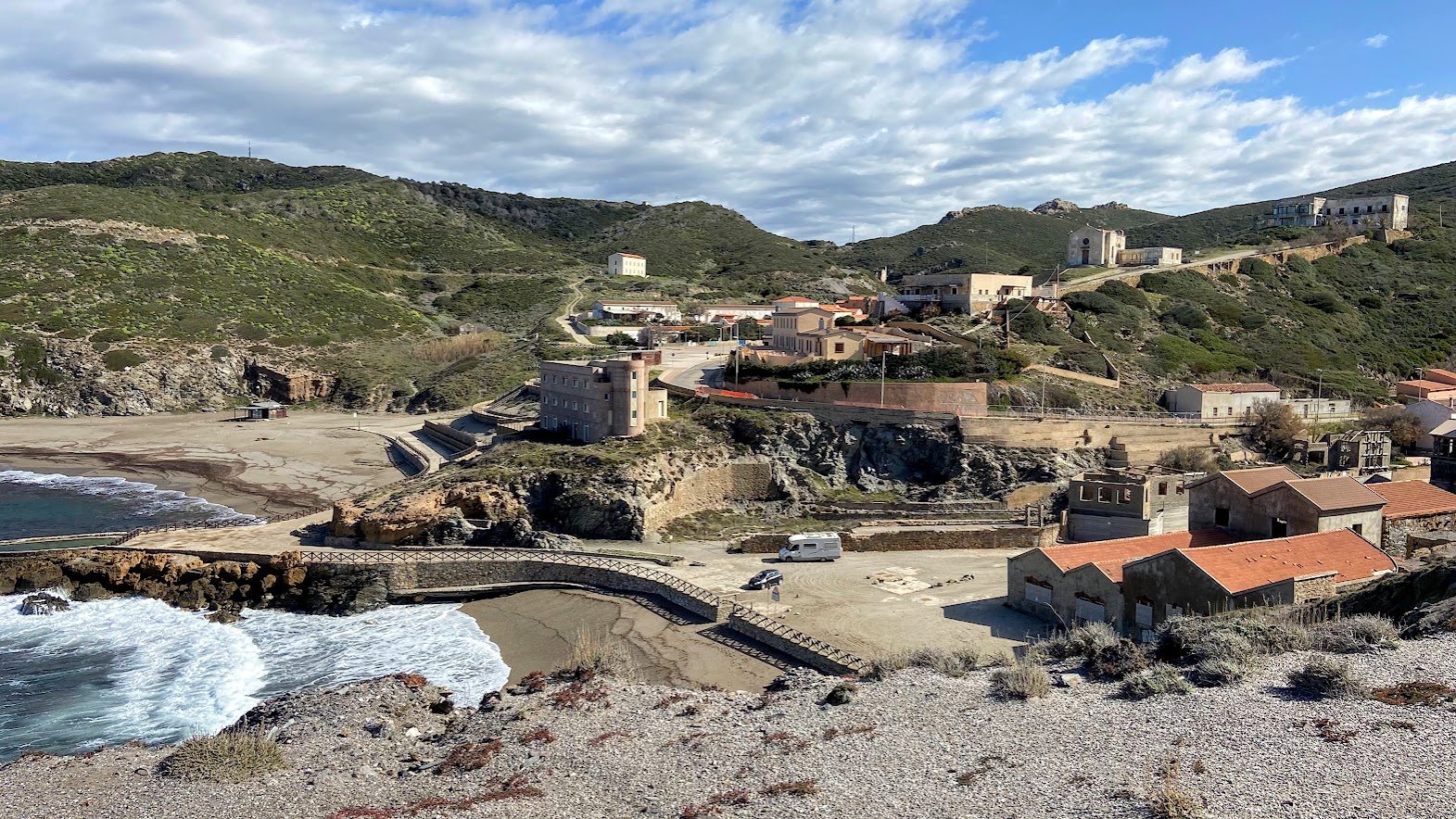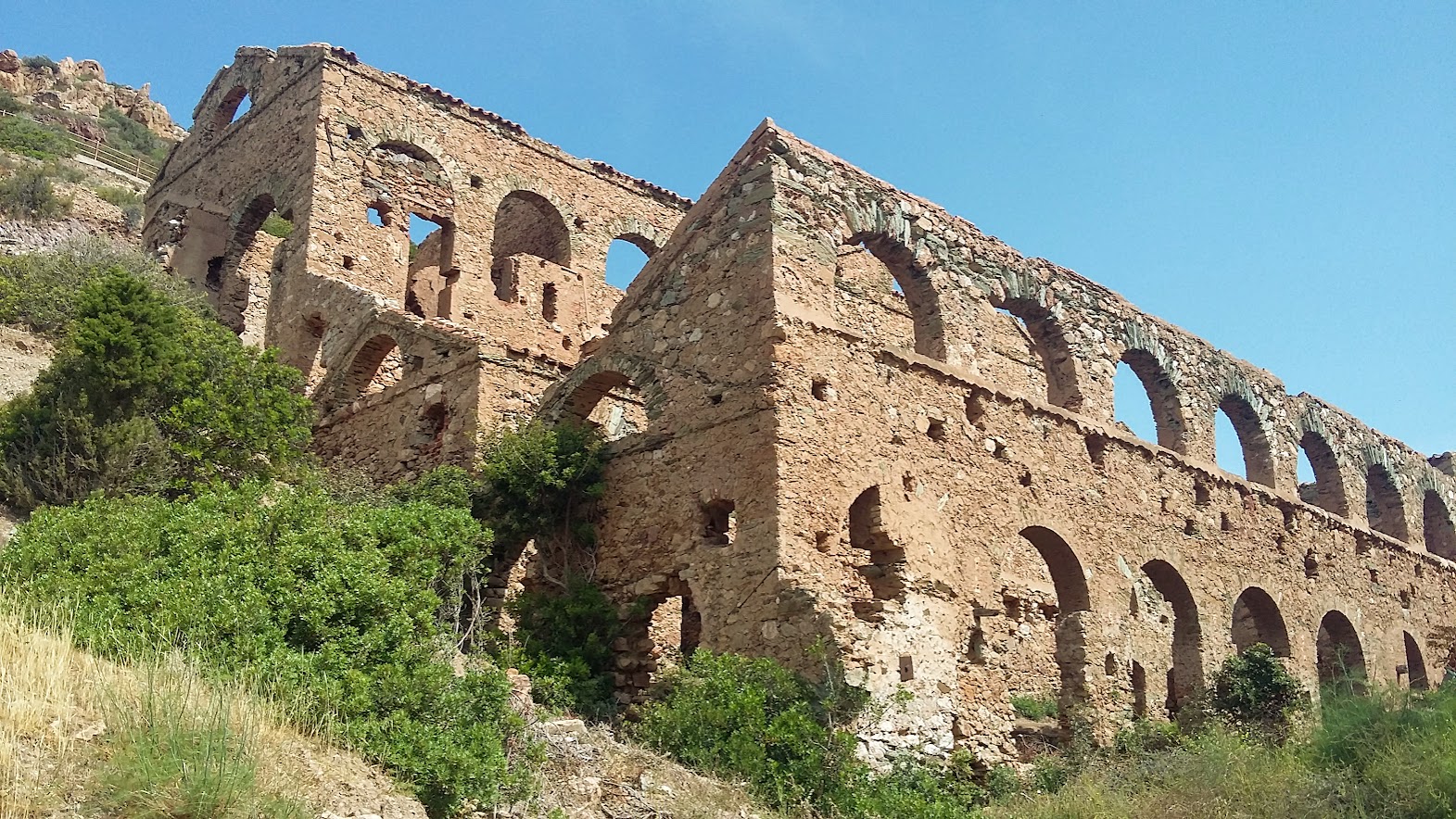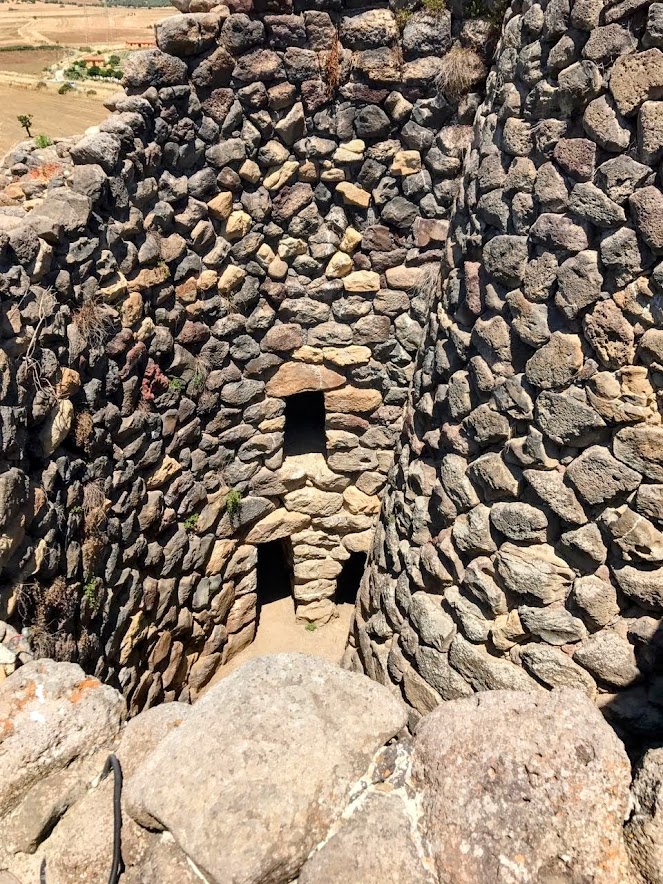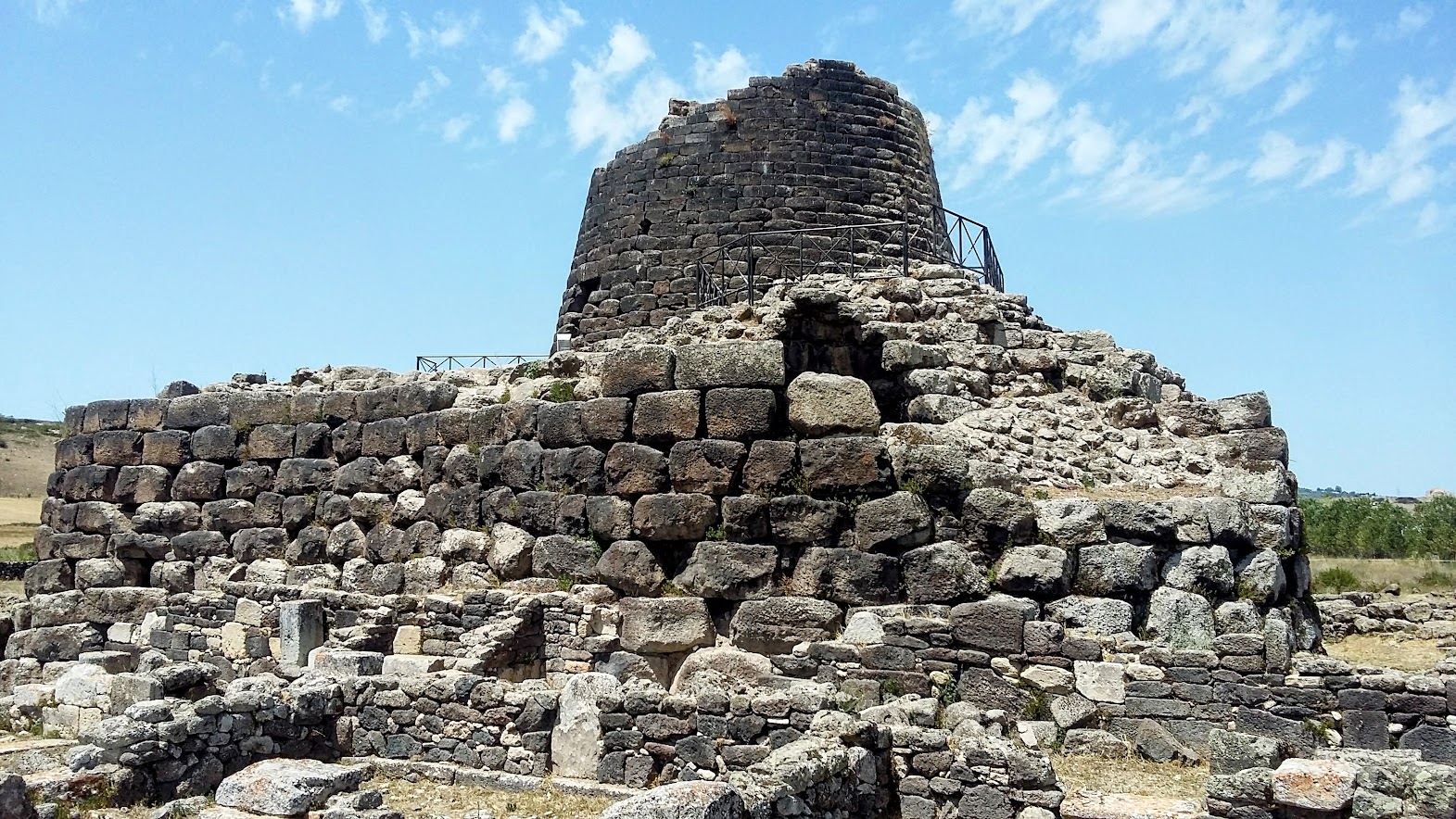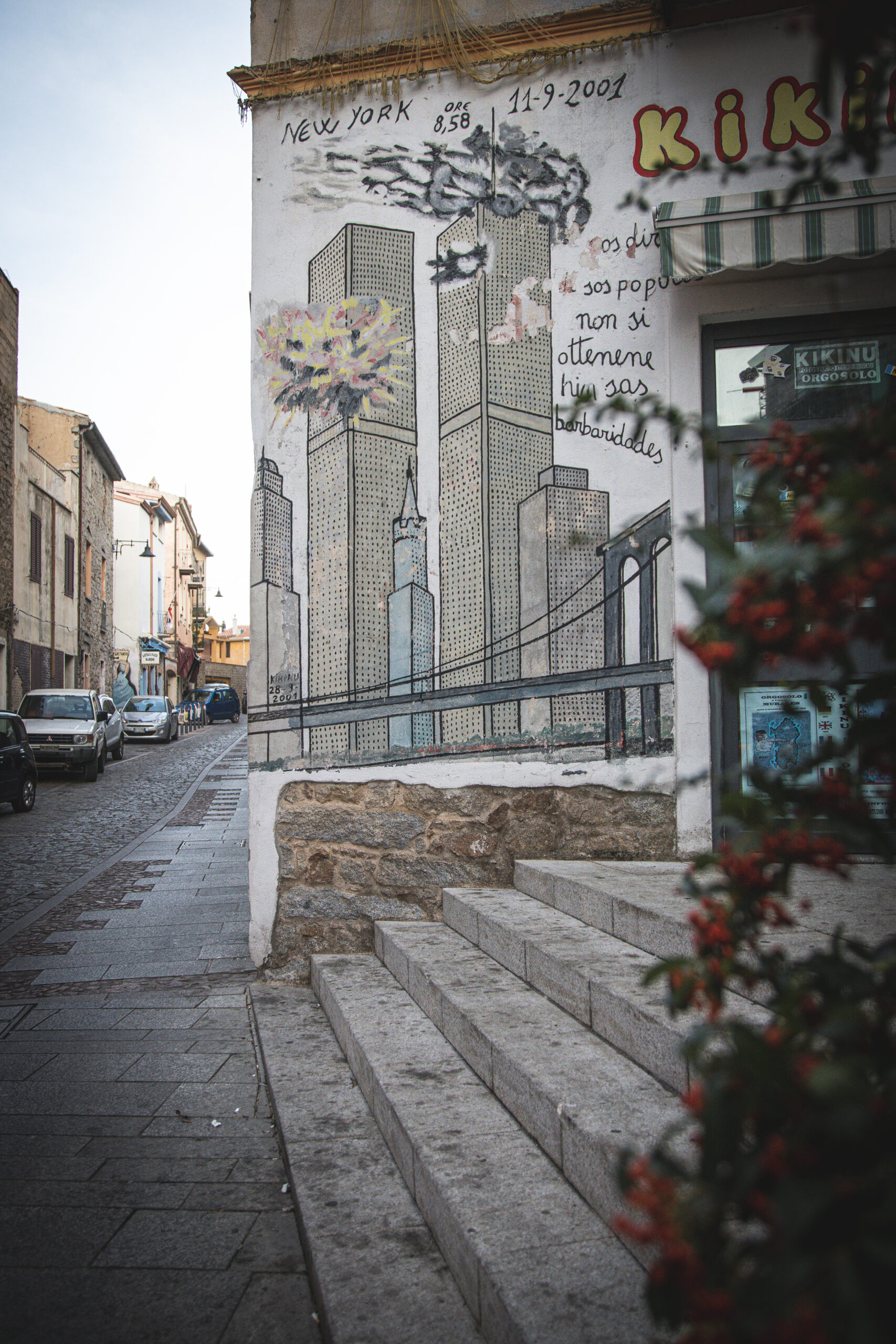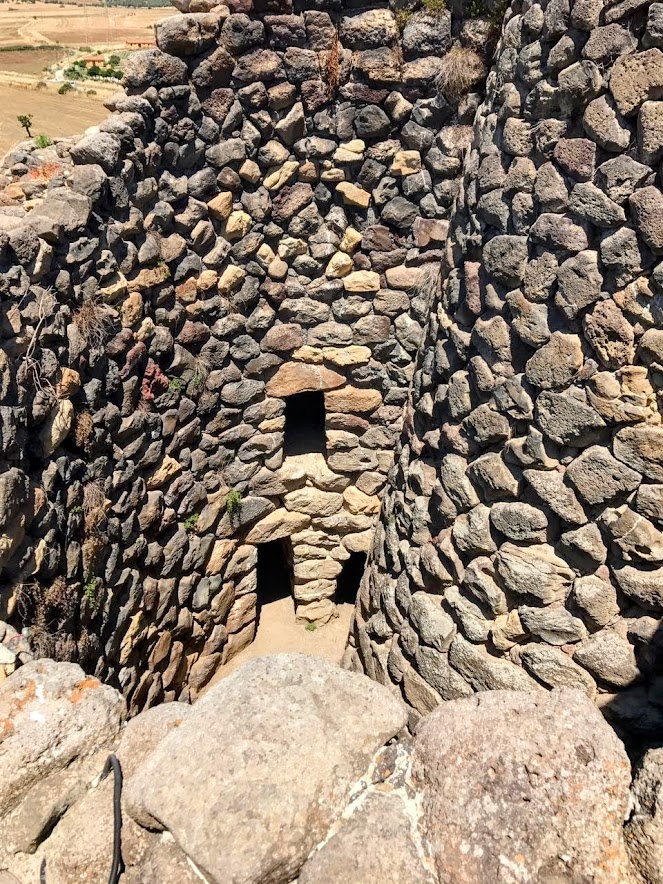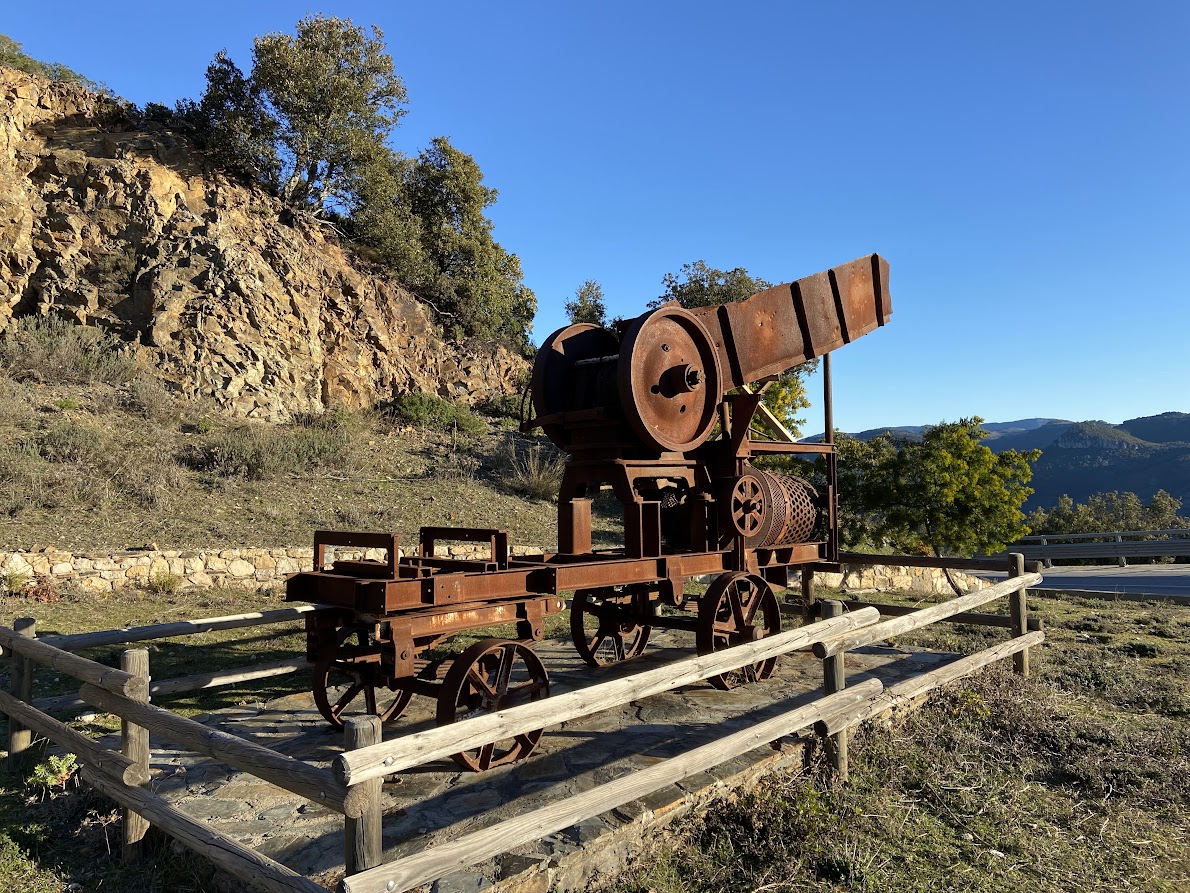
Industrial archaeology
Sardinia´s history is strongly connected with the history of mining, which marked especially the Sulcis Iglesiente region. It is no coincidence that UNESCO acknowledged Sardinia as the first geo-mining park in the world. Numerous mines, intended for the extraction of various rocks, have left behind indelible testimonies in the field of industrial archaeology. With the exhaustion of the ore veins, the mines were converted into museums and cultural centers, or for other purposes. Among the most importants monuments is the Mining museum in Iglesias, located in a small Art Nouveau palace, which originally hosted Industrial Technical Institute “Asproni”. In the Monteponi mine, you can see the Villamarina Tunnel, where the two most important galleries meet: The Gallery of Vittorio Emanuele and the Sella Gallery, excavated in the second half of the 19th Century. Also important is the lead and zinc mine in Malfidano, which was in operation between 1870 and 1977 and around which the village of Buggeru was founded. Here you can visit the mine´s most important structure, the Gallery of Henry, which was built for the passage of a steam locomotive which replaced mule transport. The peculiarity of the Henry´s Gallery is the fact that it runs through small tunnels and passages carved info the rock on the crest of a cliff, falling vertically into the sea. The port of Porto Flavia near Masua is also very interesting, the entire 600 meters of which were carved into the rock in 1924. Porto Flavia represents an example of innovative engineering, that led to a breakthrough in rock loading. Minerals were transported here from their storage using a conveyor belt that passed through a system of tunnels built above each other and transported directly to the storage area of cargo ships. Closely connected with the mining activity is the purposeful establishment of towns by fascists, such as Carbonia and the districts of Bacu Abis and Cortoghiana. The town of Carbonia was inaugurated in December 1938 as a civilian extension of the nearby Serbariu mine, which began operating in 1937 as the main source of coal supplies for the entire island. The mine was closed in 1964, and since 2006 it houses the Coal Museum, which allows visitors to the Serbariu system and collects important documentary materials, including the testimonies of people who lived and worked in the mine. Besides Sulcis, the charming village of Argentiera, located halfway between Alghero and Stintino, is worth the visit. One of the oldest deposits of lead and silver-bearing zinc in Sardinia was discovered here. The village, founded in the 19th century,mixes houses with mining facilities. The most characteristic building is a mechanical, all-wooden mining lavatory from the 19th century, around which there are other buildings connected to the mining activity or intended for housing. Among them the director´s residence, surrounded by a spacious garden. From the highest part of the village you can admire a wonderful view of the nature that surrounds Argentiera. Importand mining centers are also in the territory of Nuoro. In Gadoni, a mountain village located between Barbagia di Belvi and Seui, lies the jewel of industrial archaeology, the mine of Funtana Raminosa. The thousand-year history of mining is recorded here, from Neolithic time to the modern era. Here, the Nuragics extracted a substantial component of bronze, which they then cast into the forms of statuettes, tools, jewelry and weapons. Funtana Raminosa, one of the richest copper deposits in Europe, covering an area of about 150 km², is one of the eight areas that make up the Geo-Mineral Park of Sardinia, recognized by UNESCO. The open-air museum and the underground museum can be visited by previous appointment and you can view the still-functioning machines that have been preserved in excellent condition until now.
